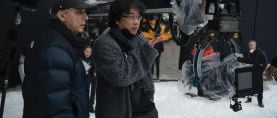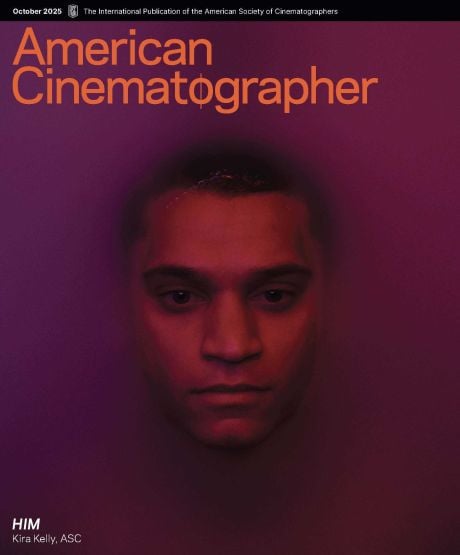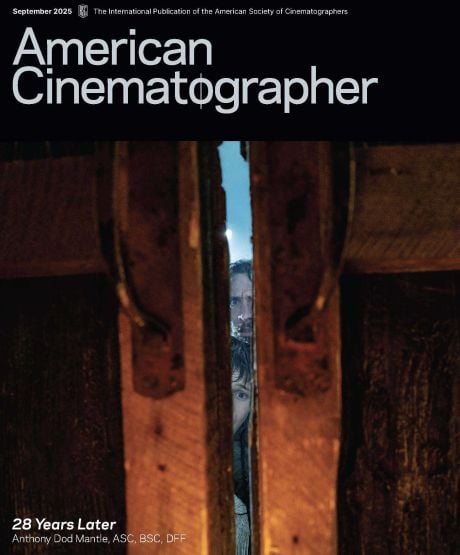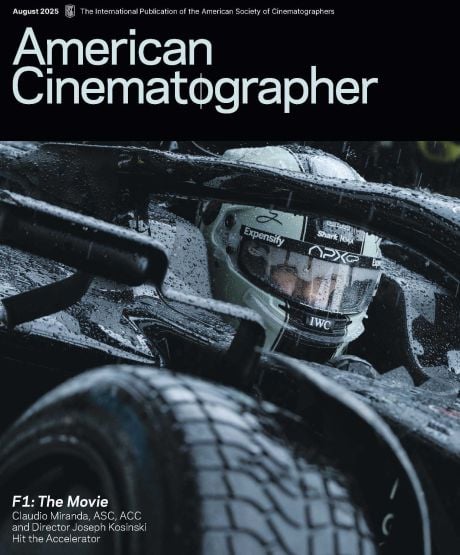
Fox Sports Enters the Virtual World for Soccer Broadcasts
AC reports on the network’s adoption of virtual-production environments and technologies.
For the first time in its history, Fox Sports presented coverage two major soccer tournaments at the same time: the UEFA Euro 2024 and CONMEBOL Copa América 2024. The broadcasts, comprising 78 matches from June 14-July 14, have showcased a state-of-the-art virtual-production studio created on Stage A at the Fox Studio Lot in Los Angeles.

According to Zac Fields, Fox Sports’ senior vice president for graphic technology and integration, the Fox Sports Creative Services team collaborated with the New Zealand-based architectural firm Architecture Van Brandenburg to develop a 360-degree mixed-reality environment inspired by basilicas worldwide. Offering a combination of camera tracking, live-compositing and a modest LED volume, the broadcasts transitioned seamlessly from completely virtual environments to live-action footage within a single shot.
Capitalizing on the recently renovated stage, the two-story studio comprises 5,130 square feet of LED panels, including a floor and walls, and is powered by Unreal Engine, Vizrt, Stype and other virtual-production equipment. “The Stage A renovation started back in 2022 and was originally planned as a two-thirds practical set, with the remainder as greenscreen,” recalls Fields. “Then we got a tour of the Mandalorian virtual-production stage [at Manhattan Beach Studios], and it was a real eye-opener. We realized we’d be obsolete if we just went with greenscreen for the redesign.”
Concept and Design
In order to design the look of the virtual environment, Fox worked closely with Architecture Van Brandenburg. There were some similarities in the workflow, but the core software differed. FOX would work to optimize within C4d to prepare for real-time playout in Unreal Engine. “The idea was to capture the essence of the world soccer stage,” Fields explains. “We wanted a lot of different spaces to highlight the different features of the show. They came up with more than 50 different spaces within the environment. If it were a real location, it would cover more than 50,000 square feet. When we first showed the textured 3D environment to our CEO and president, they were blown away.”
One of the completed stage’s unique features is that it is a 360-degree immersive environment, meaning the camera can aim in any direction and see into the virtual environment while still connecting spatially to the commentators and guests. The talent stands on a 46' x 24' section of 276 ROE 4.8mm LED floor panels backed by a 95'W x 20'H wall made from 696 ROE 2.8mm panels. The wall resolution is 10,208 x 2,112 pixels, while the floor is 2,944 x 1,526 pixels.

“We did some early tests to see how far we could extend the set beyond the LED wall into the virtual environment,” says Fields. “In the past, we only extended shots above the set into a virtual skyline, but our tests showed that it could work with augmented reality to cover wherever the camera went. Then we came up with the idea of these virtual cameras that can explore the space. So, we essentially start a shot in a completely CG environment, which then catches up to the position of the real camera with a seamless blend. And the show directors can trigger those shots anytime they want to with preconfigured virtual camera moves during the live broadcast.”
“We also use multiple cameras to divide the room,” Fields adds. We can set up a spatial relationship, so [host] Jules [Breach] is over here in the Far East Room, and the rest of the team is at a desk in another room, even though they’re within the same stage. And you never feel like you’re leaving the completely virtual environment, which is nice.”
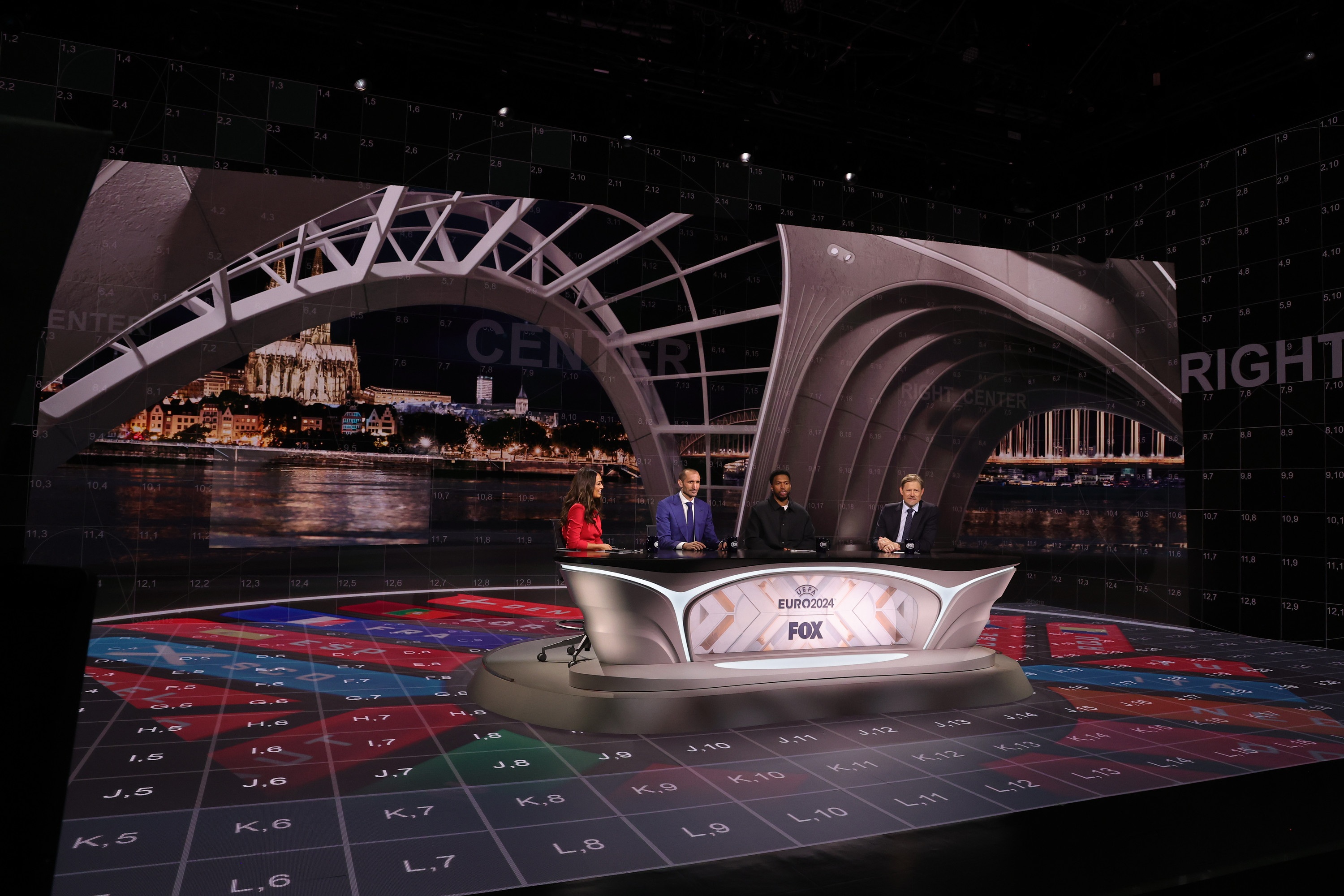
Technology and Implementation
Fox uses Stype for camera tracking as well as their Stypeland XR plugin for display on the LED volume and compositing. The team also operates a custom control platform called Erizos, which synchronizes the output of 23 computers running Unreal Engine to generate the 3D environment on the fly. To transmit the real-time content onto the wall and floor, the system uses Megapixel VR processors.
“With the processors, we’re using Ghost Frame, which allows us to subdivide each second of graphics into four distinct 4K ‘slices,” Fields explains. “This is essential, because we’re always shooting with 5 cameras. With Ghost Frame, each camera can see its corresponding perspective on the wall and into the AR environment without overlapping the other angles.
“Each ‘slice’ is synchronized with the appropriate camera so that it only sees the correct angle,” he adds. “Since the talent is typically facing away from the wall, it wasn’t much of an adjustment for them to get used to the Ghost Frame effect of seeing what appears to be multiple perspectives overlaid on top of each other.”
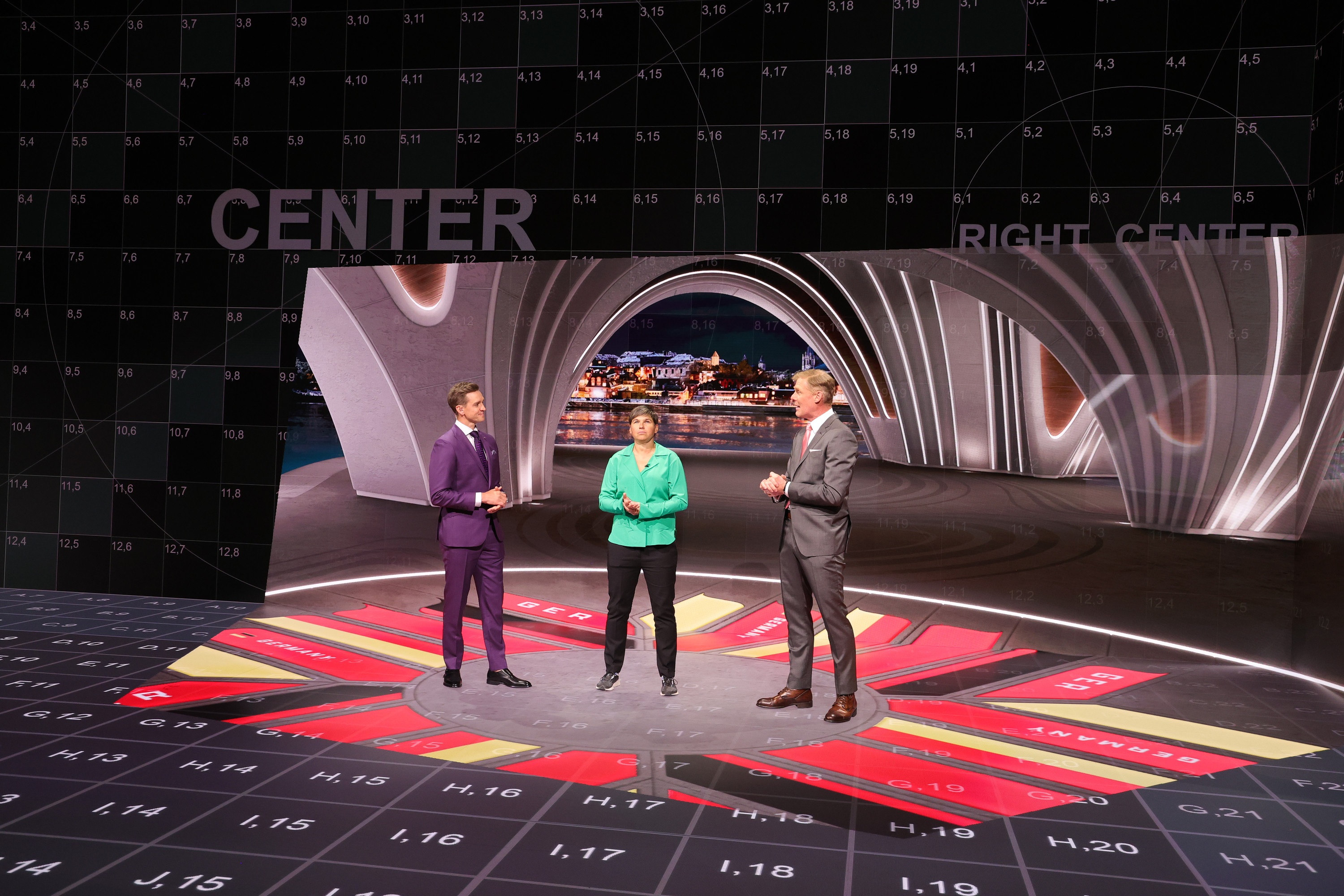
Production Workflow
Throughout the Euro and Copa tournament coverage, Fox utilized the virtual set for all pregame, halftime and postgame shows. Some of the group stage days ran from 5 a.m.-9 p.m. Pacific Standard Time. Grass Valley cameras delivered a 1080p signal for broadcast. The system also tracked the focal length and focus status of each camera for optimal synchronization with the 3D content.
“The beauty of working all day every day is that we can carve out good workflows,” Fields observes. “Our main director, Courtney Stockmal, was with us throughout the build of the whole virtual and real set. So, we could ask her questions about framing and figure out where to anchor a desk and how it would relate to the other camera positions.”

Next Game
As the matches concluded, Fields and his team took stock of the virtual-production experience with an eye toward the next steps and future broadcasts. “We were making good technical progress with the last two seasons of football, but with this stage, we feel like we’ve taken a huge step forward,” Fields says. “It’s been very well received by the team, and everyone is seeing this as a new opportunity for producing shows. The AR graphics overlays we can put on top of the virtual environment is an incredible blend, and we’re discussing opportunities to do even more with this technology in the future.”



